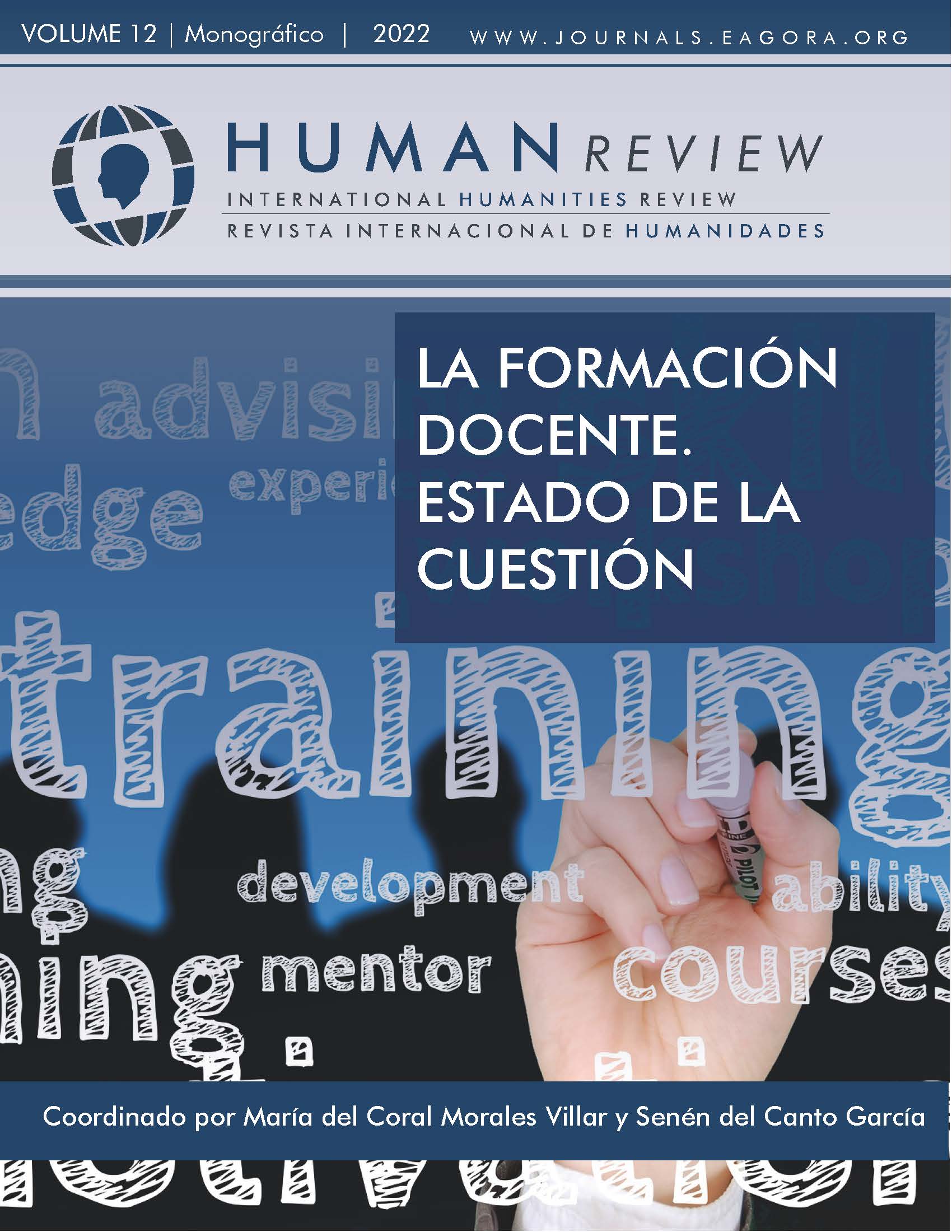Margins of learning spaces by bookmaking at university curricular units
Keywords:
Participation, Book making, Art education, Practice-based, Spaces of learning, E-portfolio, Research bookAbstract
This article intends to unpack how art education motivates students for a creative educational practice in immersive learning, following the author’s research using books to explore The Book Experience as a Place of Epistemological Reflection in Art Education. Questions as to how book making can be understood as a tool for teaching and learning, as a mediator and as a collaborative piece of producing knowledge, were raised during the process of making collective books, along with reflection on author’s articles. Feedbacks reveal a firm evidence of learning through studio practice based pedagogies as spaces of learning.
References
Akon, A. et al. (2019). Sketchnoting. Gustave Gil.
Arrows, F. (2008). The authentic dissertation alternative ways of knowing, research, and representation. Routledge.
Atkinson, D. (2015) The adventure of pedagogy, leaning and the not-now. Subjectivity
Baldacchino, J. (2018). Art as Unlearning: Towards a Mannerist Pedagogy. Routledge.
Barnett, R. & Griffin A. (1997). The end of knowledge in higher education. Cassell.
Barros, R. (2013). Educação de adultos conceitos, processos e marcos históricos: Da globalização ao contexto português. Edições do Instituto Piaget.
Caetano, A. P., Paz, A. L., Narduela, A., Pardal, A., Rocha, A. S., Ré, S. , . . . Meireles, T. (2019). As artes no ensino superior Pedagogias do evento no doutoramento em educação artística. In S. Gonçalves, & J. J. Costa (Eds.), Diversidade no Ensino Superior [ebook] (pp. 239-260). CINEP/IPC.
Capra, F. (2002). The hidden connection. Doubleday.
Carrion, U. (1975). El arte nuevo de hacer libros. Plural.
Deleuze, G. & Guattari, F. (2002). A Thousand Plateuaus: Capitalism and schizophrenia. Continuum.
Eisner, E.W. (2002). What can education learn from the arts about the practice of education? Journal of Curriculum and Supervision, 18(1), 4–16.
Fendler, R. (2013) Becoming a Learner. Coordinates for mapping the Space and Subject of Nomadic Pedagogy. 19(10).
Foucault M. (2001). A Escrita de Si. Forense Universitaria/Martins Fontes
Fullan M. et al. (2018). Deep Learning Engage the World Change the World. SAGE
Gray G. & Malins J. (2004). Visualizing Research. Routledge.
Hernández, F. (1998). Transgressão e mudança na educação: os projetos de trabalho. ArtMed.
Huctchinson et al. (2014). Enhancing the doctoral experience guide for supervisors and their international students by Steve Huctchinson. Carter Gower.
Irwin, R. (2013). Becoming a/r/tography’. Studies in Art Education, 54(3), 198–215.https://doi.org/10.1080/00393541.2013.11518894
Jenking, H. (2006). Convergence Culture. Where Old and New Media Collide. University of Chicago Press.
Leavy, P. (2018). Introduction to Arts-Based-Research. In Handbook of arts-based research, 3-21. The Guilford Press.
Neagu, P. (1969). booklet.pdf/2_4_22 https://partsproject.nl/wp-content/uploads/BOEKJE- Paul-Neagu.pdf
Orr, S. & Shreeve A. (2018) Book art and design pedagogy in higher education. Ambiguity and uncertainty in the creative education, 4, 57 - 73
Petry, P., et al. (2021) Using Cartographies to Map Time and Space in Teacher Learning in and Outside School, International Journal of Qualitative Methods, 20, 1–11. https://doi.org/10.1177/1609406921992906
Resnick, M. (2017). Lifelong Kindergarten. Cambridge
Rocha, A. (2021). A collective book using cardography. Issue 12. 1 InSEA
Rocha, A. (2019). O (lugar) da Experiência do Livro na Educação Artística. InVisibilidades, 12, 12-19. DOI 10.24981.16470508.12.3
Sullivan G., Gu M. (2017). The Possibilities of Research - The Promise of Practice, Art Education, 70(2), 49-57 http://dx.doi.org/10.1080/00043125.2017.1274203
Downloads
Published
Issue
Section
License
All articles are published under an Attribution-NoDerivatives 4.0 International (CC BY-ND 4.0) license. Authors retain copyright over their work.

